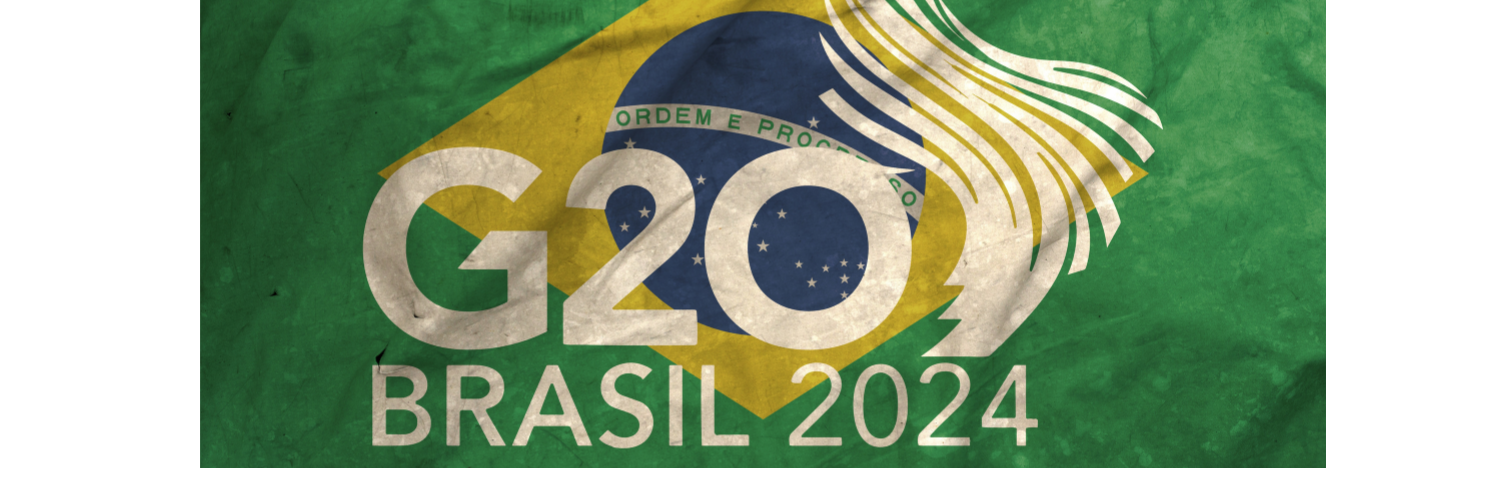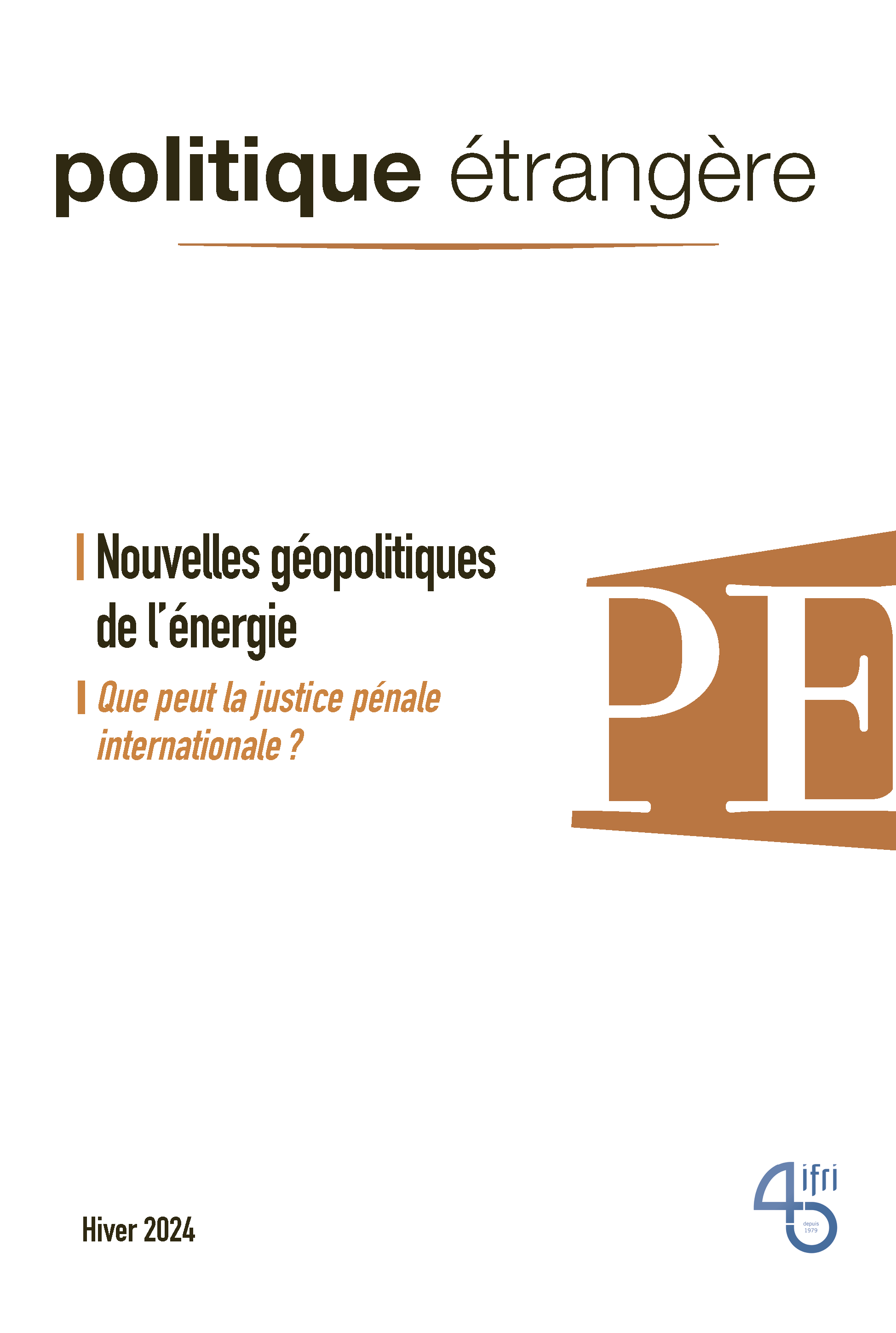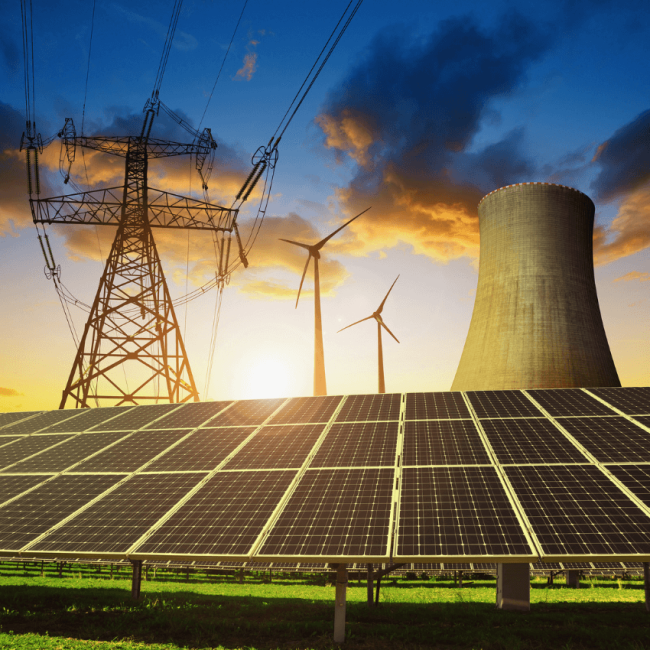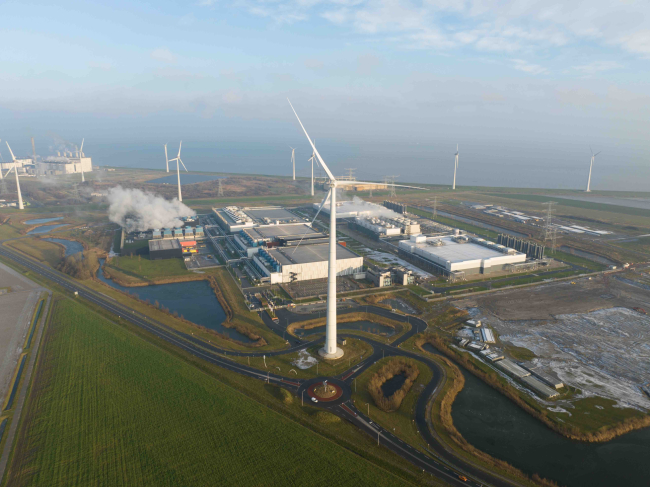First Year of Lula: Overview of the Political Situation in Brazil

This Briefing offers an analysis of Brazil's political and economic situation and prospects at the end of 2023. It also examines Brazil's position on certain international relations issues, thirteen months after Lula's election.

Brazil’s economic performance has been decent in 2023. Despite the International Monetary Fund’s (IMF) conservative growth forecast of 1% in October 2022, the actual growth now exceeds 3%. However, the outlook for 2024 is uncertain. With November’s inflation drop to 4.7% compared to the same period in 2022, interest rates are decreasing, yet the Selic key rate1 remains high at 11.75%. External accounts are robust, with a current account deficit below 2% of gross domestic product (GDP) easily financed by foreign direct investment (FDI), maintaining foreign currency reserves at USD 340 billion. However, a concern arises from the public finance deficit, as the government initially projected a 1.3% GDP primary deficit for 2023 and recently revised it to approximately 1.7%, leading to an overall deficit exceeding 7%, posing sustainability challenges.
- Brazil’s economic performance was satisfactory in 2023, while Lula faces a much less favorable international context than in his first two terms and a right-wing Brazilian parliament.
- His social priority, just as in 2003, is to lift some of the seventy-one million Brazilians out of poverty. Social transfers, ultimately inexpensive, will contribute to this aim. Brazil also needs more sustained growth.
- December’s vote on tax reform was an undeniable success for both Lula and his finance minister. It also highlighted the difficulties of negotiating with a parliament dominated by special interests.
- Lula’s time in office was finally marked by Brazil’s return to the world scene, after four years of eclipse. Maintaining good relations with all parties, with a view to a possible role as mediator in certain conflicts, is, however, difficult in a more polarized world.
> The French version of this Briefing is also available at this link : First Year of Lula: Les enjeux politiques au Brésil après un an de présidence Lula

Available in:
Regions and themes
ISBN / ISSN
Share
Download the full analysis
This page contains only a summary of our work. If you would like to have access to all the information from our research on the subject, you can download the full version in PDF format.
First Year of Lula: Overview of the Political Situation in Brazil
Related centers and programs
Discover our other research centers and programsFind out more
Discover all our analysesAI, Data Centers and Energy Demand: Reassessing and Exploring the Trends
The information and communication technologies sector today accounts for 9% of global electricity consumption, data centers for 1-1.3%, and artificial intelligence (AI) for less than 0.2%. The growing energy demands of cloud services first, and now AI workloads (10% of today’s data centers electricity demand), have exacerbated this trend. In the future, hyperscale data centers will gain shares amongst all kinds of data centers and AI will probably account for around 20% of data centers electricity demand by 2030.
Unlocking India’s Energy Transition: Addressing Grid Flexibility Challenges and Solutions
India is rapidly scaling up its renewable energy (RE) capacity, adding 15–20 GW annually, but the ambitious goal of 500 GW of non-fossil capacity by 2030 is at risk unless the pace accelerates.
Europe’s Black Mass Evasion: From Black Box to Strategic Recycling
EV batteries recycling is a building block for boosting the European Union (EU)’s strategic autonomy in the field of critical raw minerals (CRM) value chains. Yet, recent evolutions in the European EV value chain, marked by cancellations or postponements of projects, are raising the alarm on the prospects of the battery recycling industry in Europe.

The New Geopolitics of Energy
Following the dramatic floods in Valencia, and as COP29 opens in Baku, climate change is forcing us to closely reexamine the pace—and the stumbling blocks—of the energy transition.











